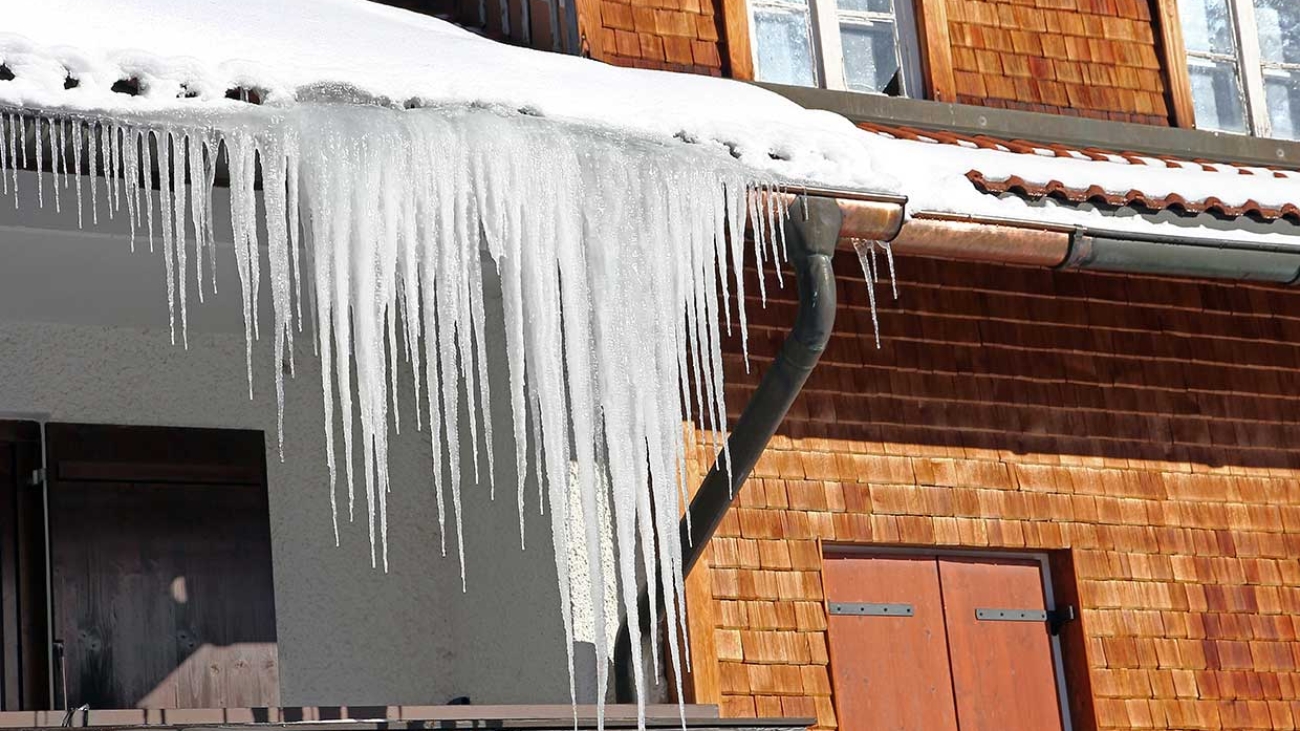
As this year’s historic storms subside and homeowners across the region deal with the damage caused by massive ice dams, many will be looking for preventative measures to keep ice dams from forming in the future. I’ve investigated hundreds of cases of ice dams during my 25 years in the construction industry and, unfortunately, I’ve seen homeowners fall for sham solutions to keep ice dams from returning year after year.
Prevent Ice Dams with a COOL ROOF
Ice dams can’t form if the roof is the same temperature as the eaves. It’s important to hire a trusted contractor who can look at the entire home, understand the factors involved in why ice dams formed, and offer smart solutions to prevent them from recurring.
The truth is, there’s no single solution for ice dams. Some contractors and salespeople will try and convince homeowners that they offer the solution – whether it be a new product, covered gutters, heat cables, or even a whole new roof. As an example, we are currently working with a homeowner who was told that she’d never have ice dams again if she installed covered, seamless, gutters. Despite this ‘investment’ her home sustained a lot of water damage this year from the ice dams that formed in spite of the new gutters. Another homeowner was told that a new roof would be the answer. Thousands of dollars have been spent on new roofs and gutters, but the ice is still forming and the water is still getting inside and causing damage.
Ice Dam Solutions
When analyzing a home, here is what a good general contractor should be looking for:
- Insulation. Some homes may not have enough insulation. Or perhaps heat is escaping through recessed lighting or electrical fixtures which create “holes” in the insulation. The goal is to keep heat from escaping from the home and allow the roof to remain cool.
- Ventilation. Ice dams can’t form if you have a COLD roof. If your attic isn’t properly ventilated, allowing heat to escape and let cooler air in, the snow will melt from underneath the snow blanket and ice dams will form when the liquid meets the freezing temperature at the bottom. Ridge vents in combination with soffit vents allow cool air to circulate under the roof.
- Cover hatches and whole-home fans. Attic access hatches and fans in the ceiling can be a large source of heat loss. Covers, made from foil-lined foam board, are available to keep them covered and prevent heat from escaping.
- Heat cables. Sometimes strung in a zip-zag pattern across the bottom few feet of the roof, or placed directly in the gutters and downspouts, heat cables warm the roof or gutter assembly to keep the water flowing. However, this solution may only create channels in the ice dams as they form. Again, in order to prevent ice dams from forming, we need to get to the source of why they are forming.
After the contractor has made a thorough analysis of the home, they can create a course of action – which will most likely involve several recommendations. We don’t want homeowners to fall for scam solutions and waste money. Rather, we want them to make informed decisions that keep their homes dry and free of ice and water damage.



